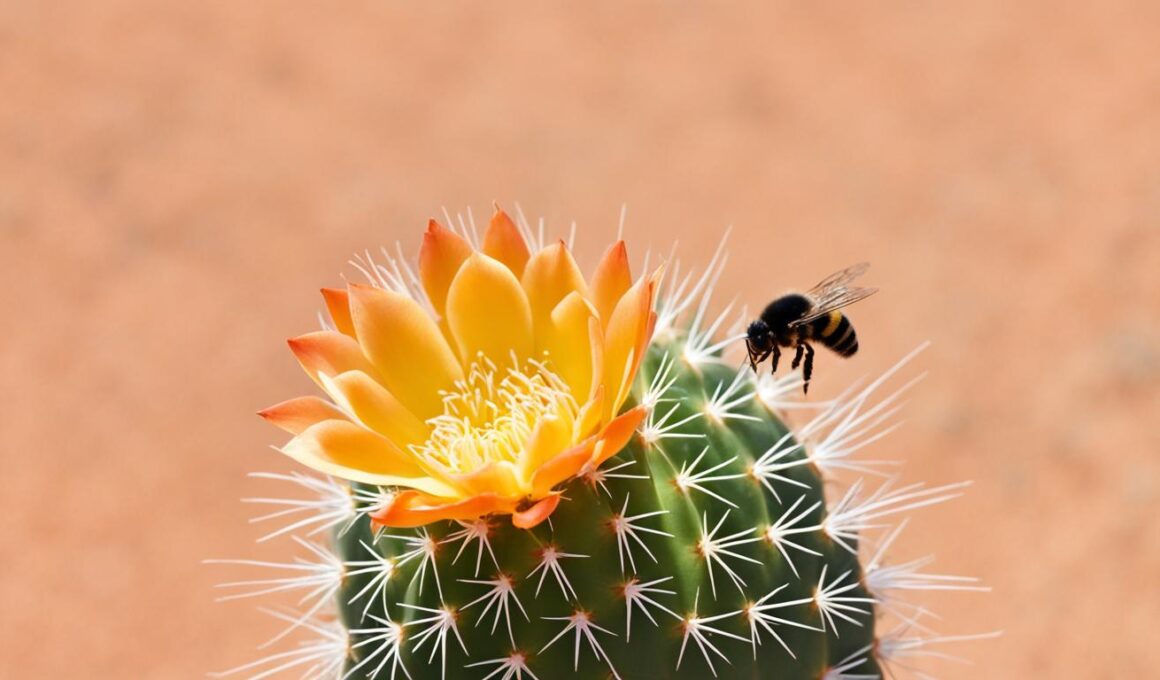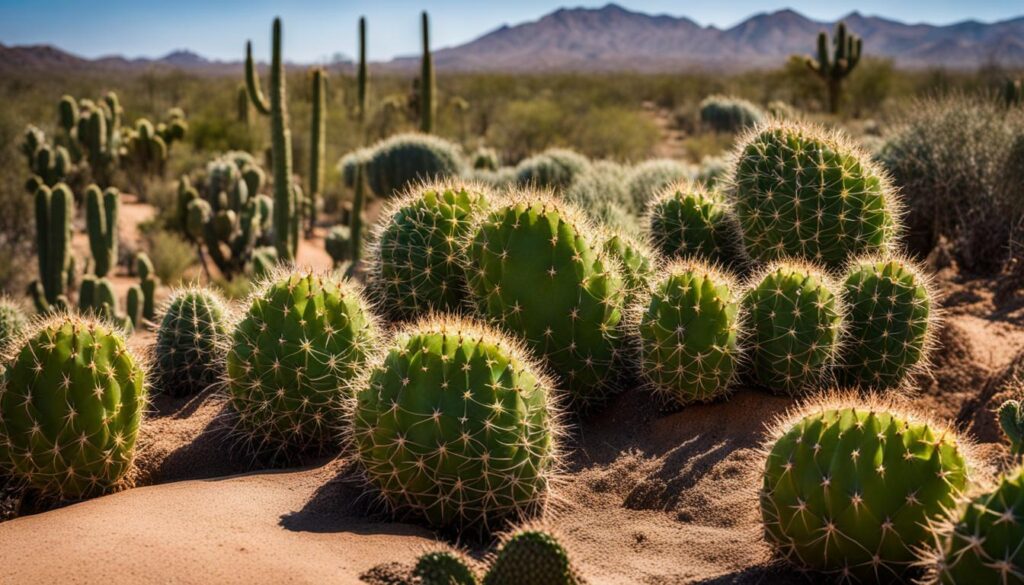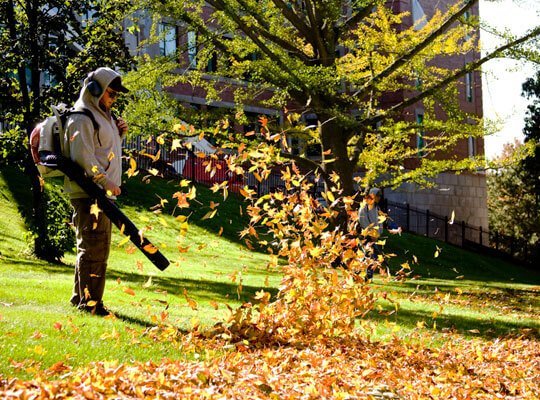Discover the diverse and breathtaking world of cactus flowers in the stunning desert landscapes. From vibrant hues to delicate petals, these desert blooms are a sight to behold. Whether you’re a nature enthusiast or simply curious about the desert’s natural wonders, this desert bloom guide will introduce you to the fascinating types of cactus flowers that grace the arid regions.
Unlike winter annual wildflowers, cactus flowers bloom consistently throughout the spring and summer, adding splashes of color to the dry desert surroundings. Their resilience and beauty are something to marvel at. As you explore the desert during March, keep an eye out for early blooming cacti such as Hedgehogs and Beavertails.
April brings forth the magnificent Prickly Pears, with their mesmerizing yellow blooms. As the temperature rises in May, the iconic Saguaro cactus adorns the landscape with its stately presence and breathtaking flowers. But the bloom season doesn’t end there. In Tucson, the desert comes alive with a second round of blooms during the summer monsoon rains.
Cholla and Barrel cacti are other cactus species that contribute to the desert’s floral tapestry. Their distinctive shapes and enchanting flowers add further depth to this remarkable ecosystem.
Embark on a journey through the desert Southwest, where the blooming cacti create a vibrant display known as the “Second Spring.” Experience the magic of the desert as you witness these majestic flowers in full bloom, adorning the land with their vibrant colors.
For those passionate about cactus identification, a handy blooming Opuntia cactus identification guide can assist you in distinguishing between species. By using this guide, you can confidently identify cacti such as the Beaver Tail, Cow’s Tongue, Cane Cholla, Black Spined Prickly Pear, Grizzly Bear Opuntia, and Santa Rita Prickly Pear.
Join us as we delve into the captivating world of cactus flowers and unlock the secrets of their undeniable beauty.
Commonly Encountered Cacti
When exploring the desert landscape, you’re likely to come across several iconic cactus species. These cacti not only thrive in arid conditions but also display captivating blooms that add a vibrant touch to the desert’s natural beauty.
- Prickly Pear: Also known as Opuntia or Nopal, Prickly Pear cactus is a common sight in Tucson and Joshua Tree. Its distinctive paddle-shaped stems are adorned with spines and produce brilliant yellow blooms throughout the Spring and early Summer. Each bud blooms for a single day, creating a stunning display of color.
- Saguaro: The Saguaro cactus is an iconic symbol of the desert Southwest. It blooms in late spring, specifically in May and June. While each bud’s flowers last less than a day, the sight of these magnificent cacti in bloom is a true spectacle.
- Cholla: With over 40 different species, Cholla cactus is a diverse group found in the Southwestern US and Mexico. Blooming between April and June, Cholla cacti showcase flowers in various colors, ranging from dusty pinks and reds to yellows and greens. Staghorns and Buckhorns, specific Cholla species, are particularly known for their unpredictable blooming colors, creating a mesmerizing and colorful display across the desert in spring.
These commonly encountered cacti not only enhance the desert’s vibrant tapestry but also serve as vital sources of nectar for bees, birds, and other pollinators. As you explore the arid landscapes, keep an eye out for these remarkable cacti and marvel at their resilience and natural beauty.
Celebrating “Second Spring” in the Southwest Garden
Springtime in the desert is a truly magical experience. As the temperatures warm up and the days become longer, the barren landscape of the desert Southwest transforms into a vibrant tapestry of colors and life. One of the most remarkable sights during this time is the blooming of the cacti, with their exquisite flowers that add a splash of beauty to the arid terrain.
Flowering cacti in the desert showcase a stunning array of colors, from radiant oranges and pinks to deep reds and yellows. Among the notable cacti that steal the spotlight during springtime are the Prickly Pear cacti. With their diverse species, the Prickly Pears display a spectacular range of flower colors, each one unique and captivating.
But it’s not just the Prickly Pears that grace the desert with their blooms. The Pincushion cactus also showcases its own exquisite flowers, which not only add to the visual appeal but also attract native bees, making it a truly delightful sight to behold. Identifying and appreciating the different cactus species that bloom during this season can be made easier with a blooming Opuntia cactus identification guide.
This comprehensive guide provides valuable information about the various species, including the Beaver Tail, Cow’s Tongue, Cane Cholla, Black Spined Prickly Pear, Grizzly Bear Opuntia, and Santa Rita Prickly Pear. Equipped with this guide, you can explore the desert Southwest with a deeper understanding and appreciation for the blooming cacti that create a breathtakingly beautiful “second spring” in the desert.
Can New Guinea Impatiens Seeds Be Grown Alongside Cactus Flowers?
Yes, new guinea impatiens seeds can be grown alongside cactus flowers. The vibrant and colorful blooms of new guinea impatiens seeds will create a beautiful contrast with the unique textures of cactus flowers. Overall, it will make for a stunning and visually captivating garden.










